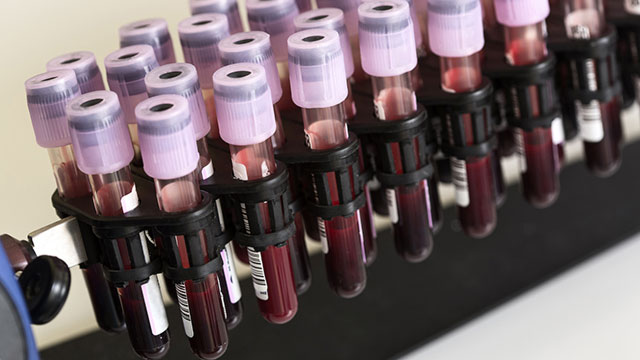How LIMS Are Helping Clinical Labs
Maintaining compliance and data security are among the key functions of clinical LIMS
 Laboratory information management systems (LIMS) have become a critical tool for clinical labs, as paper-based methods are becoming a thing of the past. This shift is attributed to a combination of increased sample throughput and data being generated; the need to share those data with remote collaborators; stricter compliance requirements; and greater demand on labs to deliver results dictating that scientists focus on the science rather than on entering data and collating results. While many LIMS functions traverse industries, some are particularly useful in a clinical setting.
Laboratory information management systems (LIMS) have become a critical tool for clinical labs, as paper-based methods are becoming a thing of the past. This shift is attributed to a combination of increased sample throughput and data being generated; the need to share those data with remote collaborators; stricter compliance requirements; and greater demand on labs to deliver results dictating that scientists focus on the science rather than on entering data and collating results. While many LIMS functions traverse industries, some are particularly useful in a clinical setting.
For high-throughput clinical labs that rely heavily on automated instruments, an important function of LIMS is getting samples registered and placed in the testing workflow as quickly as possible, says Simon Wood, a product manager at Autoscribe Informatics (Berkshire, UK). That applies particularly to certain types of hospital-based clinical labs, such as those performing hematology. Other types of hospital labs, however, such as those performing histology or microbiology testing, present a challenge for LIMS suppliers because of their continued reliance on manual processes.
In a clinical research environment, labs require information management systems that provide enough flexibility in the configuration of applications to enable users to adapt to their continuously changing workflow needs in various ways, such as allowing the addition of new types of tests to their workflow, according to Nicole Rose, senior application scientist for digital science at Thermo Fisher Scientific (Waltham, MA). She says, “A LIMS that can evolve with these challenges is essential to keeping pace with and increasing the rate of discovery.”
Clinical labs are tasked with meeting certain regulatory requirements, including those governed by CLIA and CAP in the U.S., which relate to the accuracy and reliability of tests. Compliance with CLIA involves following a set of strict standards. LIMS must meet these standards, but so must the technologies that interact with LIMS, such as Elemental Machines’ (Cambridge, MA) laboratory sensor networks, which provide labs with data on test parameters such as temperature, humidity, light, and air pressure to help them trace where variability in their results originated. For instance, the company’s CEO, Sridhar Iyengar, notes that Elemental Machines has created automated report templates that are compliant with CLIA reporting requirements for the medical test labs that they serve.
Another key area of concern for clinical labs is keeping data private and confidential. Both HIPAA and the FDA serve to safeguard patient medical information in the U.S. To ensure patient data are secure, LIMS must be carefully designed to provide users with access to only the specific information they need and no more, says Wood. An audit trail that tracks who has been looking at and editing data and encrypted databases that can help to prevent malicious attacks is also a crucial feature for clinical LIMS.
“There’s definitely a much greater emphasis on compliance and security in a clinical context than there might be in a pre-clinical research environment,” says Alok Tayi, CEO of TetraScience (Boston, MA). The company’s platform, which aggregates data from laboratory instruments, software, and external collaborators into a centralized repository that can interface with LIMS, has not yet entered clinical labs, but they plan to move in that direction in the near future.
As Rose notes, “With an increased focus on precision medicine and advancements in genomic technologies, there has been an increase in the numbers of clinical labs.” This trend, she adds, is a sign that demand for clinical testing services is on the rise. LIMS and related technologies are evolving to meet the growing information management needs of clinical labs by focusing on solutions for automated workflows, compliance, and security.
